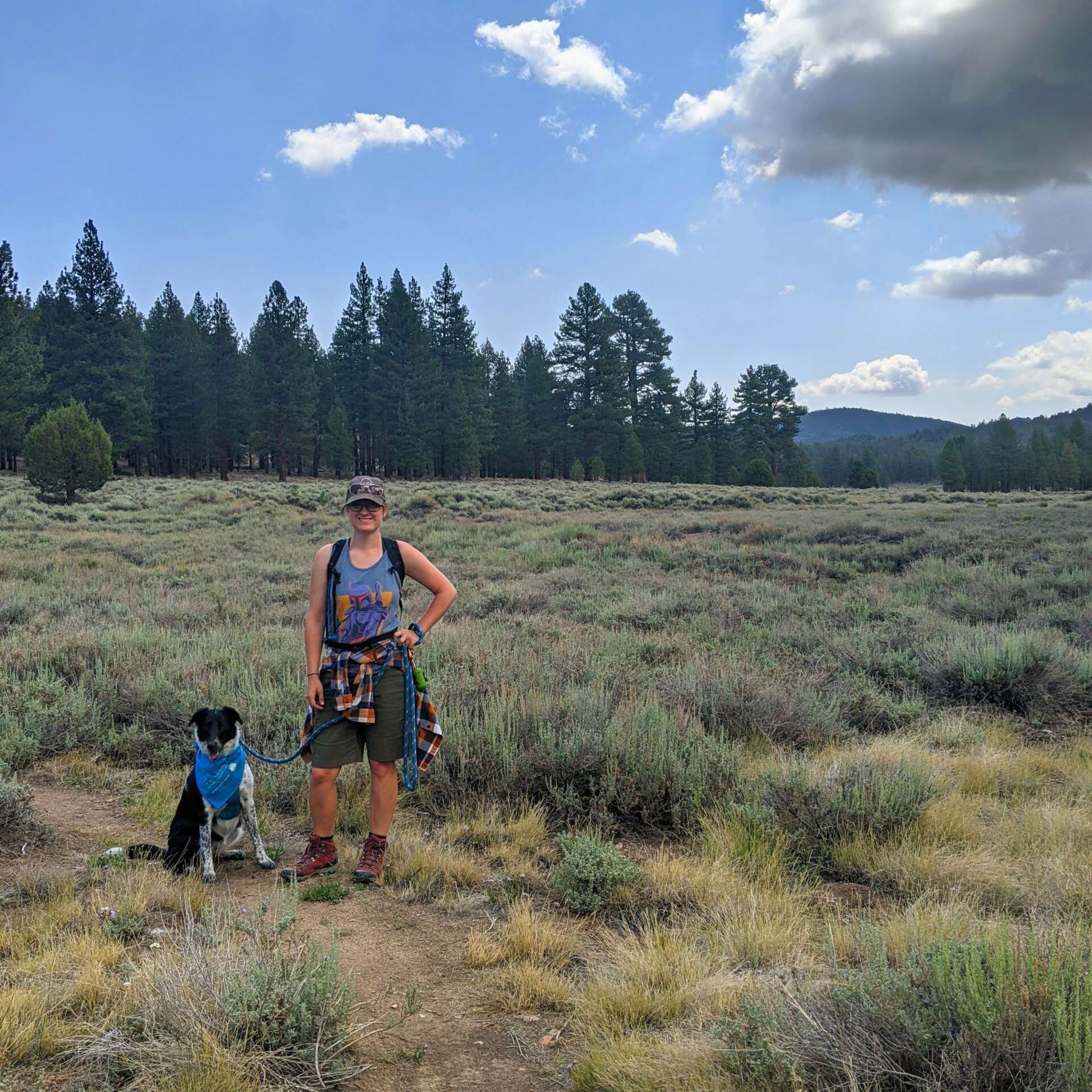We caught up with the brilliant and insightful Lauren Mattson a few weeks ago and have shared our conversation below.
Lauren, thanks for joining us, excited to have you contributing your stories and insights. What sort of legacy are you hoping to build. What do you think people will say about you after you are gone, what do you hope to be remembered for?
I’m still a young creator, so thinking about a legacy now seems ambitious, but the current 2023 state of the animation industry has brought into sharp focus the kind of creator I want to be and the kinds of stories I want to put out into the world. Stories have been a vessel of communication of ideas for thousands of years, from teaching parables to cautionary fairy tales, so I think being mindful of what my stories say is important. Right now the industry doesn’t seem so concerned with the messaging going out to the audience. They say they are, but they haven’t followed their own logic very far into the future – that is their ideas have the potential to be timeless but they fall short.
My goal is to have my projects be remembered as narratively solid across many years. Timelessness isn’t really something that can be exactly manufactured, but a legacy of stories that expound upon universal, timeless themes is something that I strive for.

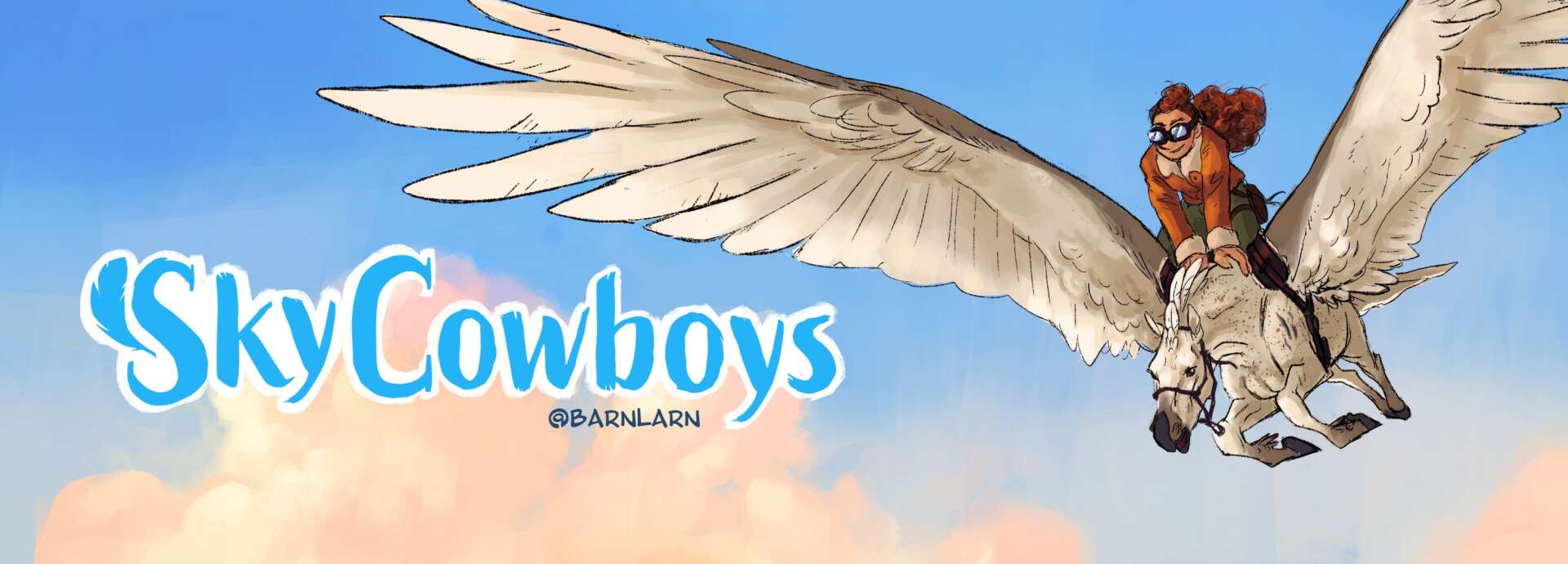
Lauren, love having you share your insights with us. Before we ask you more questions, maybe you can take a moment to introduce yourself to our readers who might have missed our earlier conversations?
I always wanted to work in the Animation Industry. As a kid I grew up on the Disney Classics, along with DreamWorks’ 2D films such as Spirit and Prince of Egypt. Those films paired with growing up in the upper Midwest where I was riding horses, bailing hay, and going camping set the foundation for what I love about animation and what projects I want to work on today.
While I have done some visual development work and prop design, most of my career in the industry has been production and project management focused. I’ve had the opportunity to work on some pretty cool properties such as Batman: Doom that Came to Gotham, Gabby’s Dollhouse, and Creature Commandos. Even in the glow of star-studded projects, I find that I most love working on the creative side – but on my own terms.
I have a personal project called Sky Cowboys that is in-progress as a graphic novel, which focuses on a wild west land with a twist: the horses are actually all a pegasus. It’s been a years-long journey and it has allowed me to focus on the kind of art and stories I love best – which are high flying westerns with horses, adventure, danger, and the freedom for every man or woman to carve out a life for themselves in a rugged land. I value independence, self-reliance and the age-old relationship between mankind and the wilderness, and put those values into my stories.
When I’m not drawing horses, I’m working on pitch decks to show to studios. The same themes of independence and a love of the outdoors permeate pitch ideas ranging from preschool fantasy shows to young adult action adventure shows and everything in between.
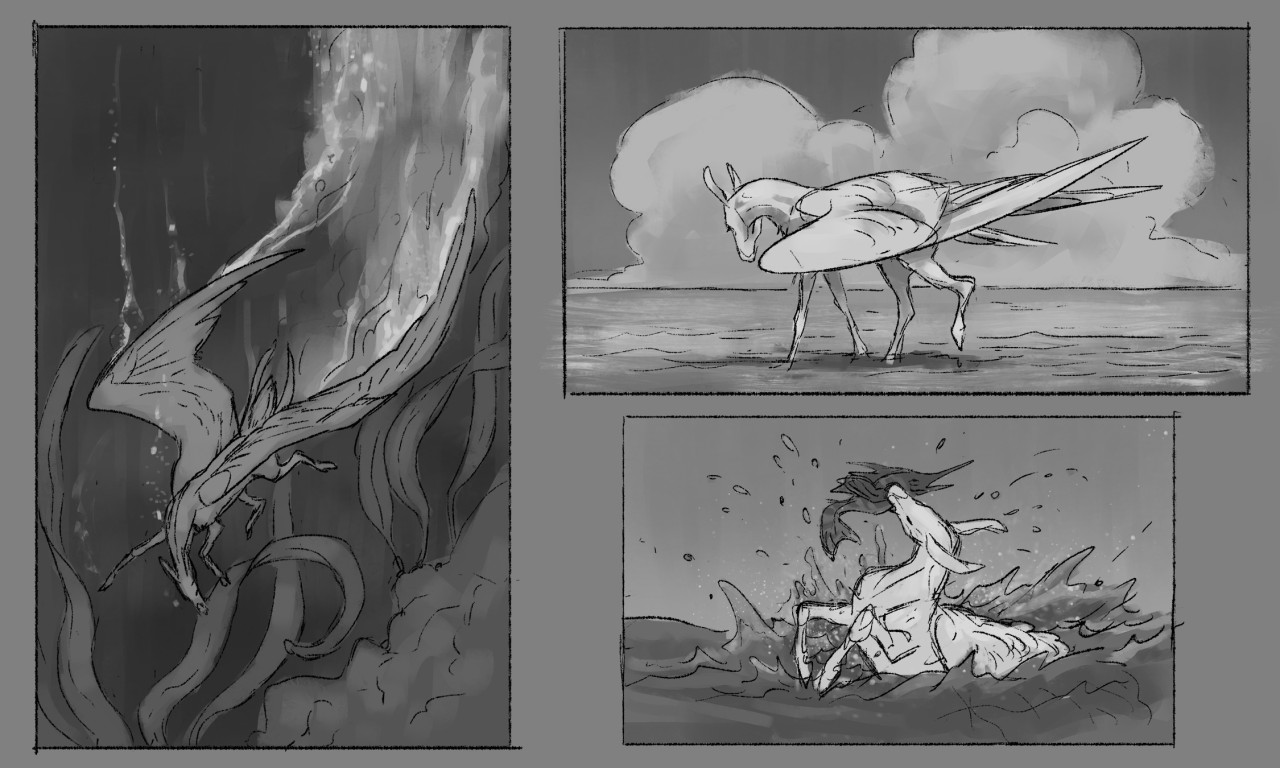
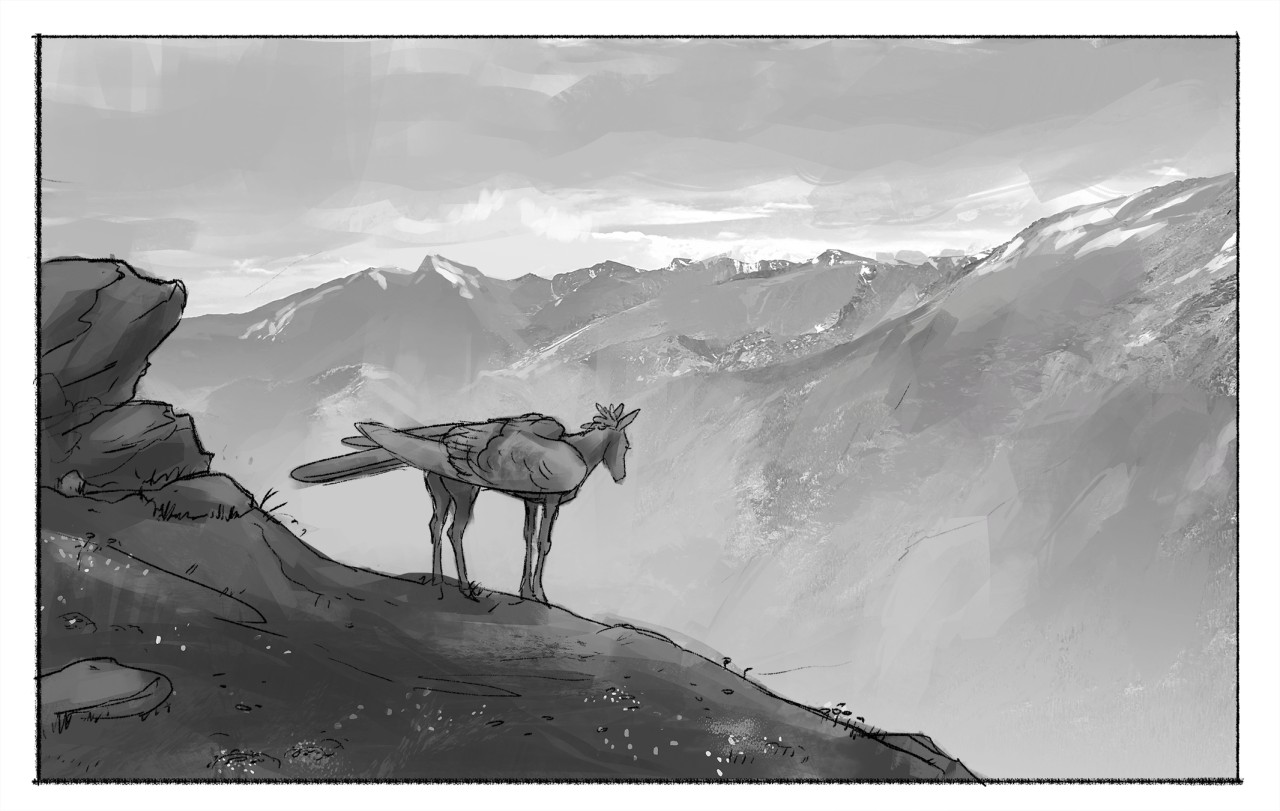
Learning and unlearning are both critical parts of growth – can you share a story of a time when you had to unlearn a lesson?
In school I was taught that I needed to match my art style to the current trends of the animation industry in order to “get my foot in the door”. It took me a long time to learn that my own ideas and visual style matter more than being able to replicate someone else’s style. I will admit, being able to match a style is a necessary skill in the industry, but I’ve found that being able to clearly communicate my own ideas about a visual problem is far more valuable. That’s what will get you hired.
I learned this in two stages – Firstly while in a class called Painting Drama, which challenged me to clearly depict my thoughts on the canvas using composition. Besides excellent technical lessons, that class ultimately taught me that art is a two-way street. I propose ideas to the audience and then the audience engages. Earning thoughtful questions from an audience is the best kind of engagement – leave them wanting more.
The second stage was in the sheer amount of designs and thinking that have gone into the Sky Cowboys project. Hundreds of drawings all crafted to suit the same world has a way of distilling down how a person simplifies and communicates things visually. The more I was able to be succinct in my drawings, the more the audience engaged with my work and with my fictional world as a whole.
It’s Sky Cowboys that’s in my portfolio – that is my ideas, thoughts, and problem solving – not replicas of character or creature designs I’ve seen before.
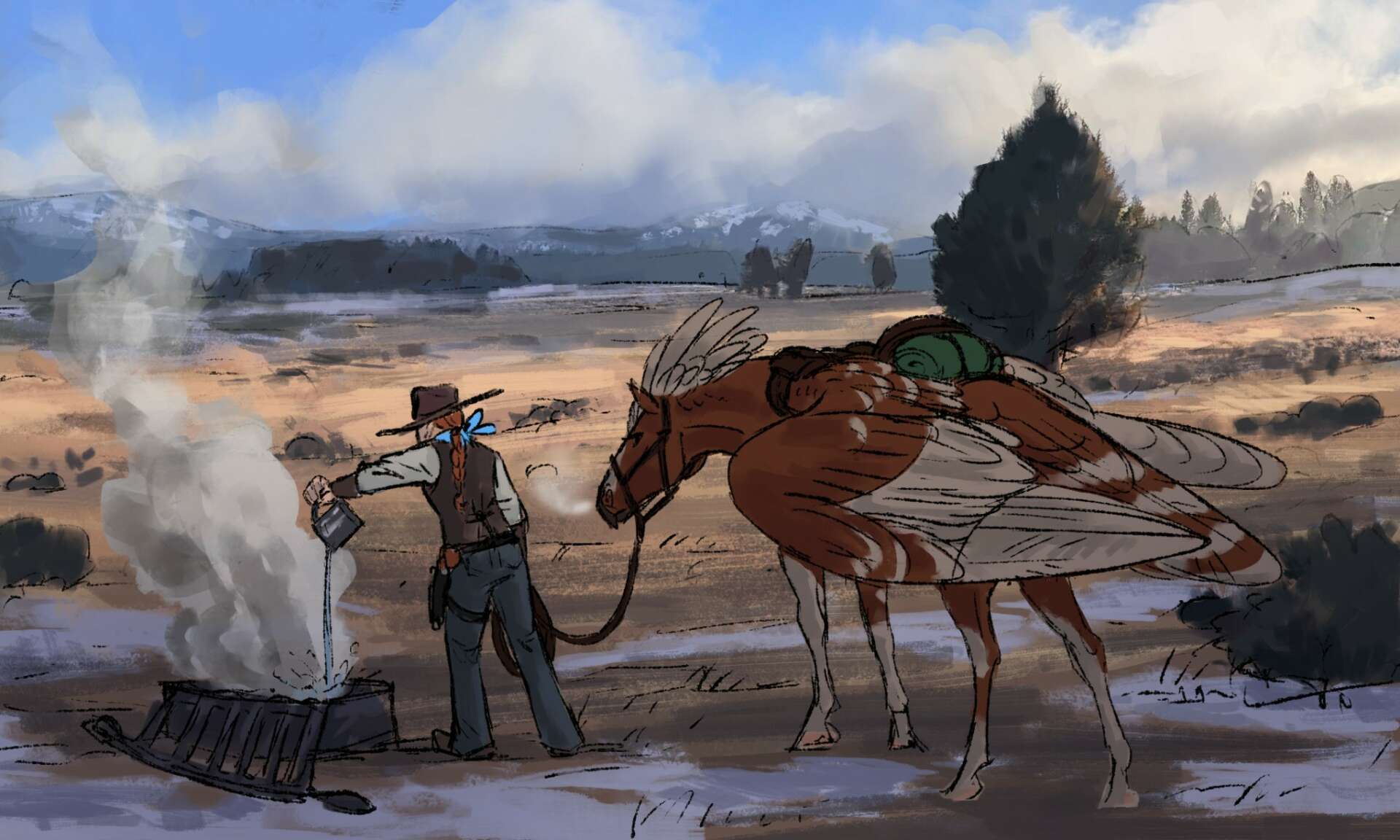
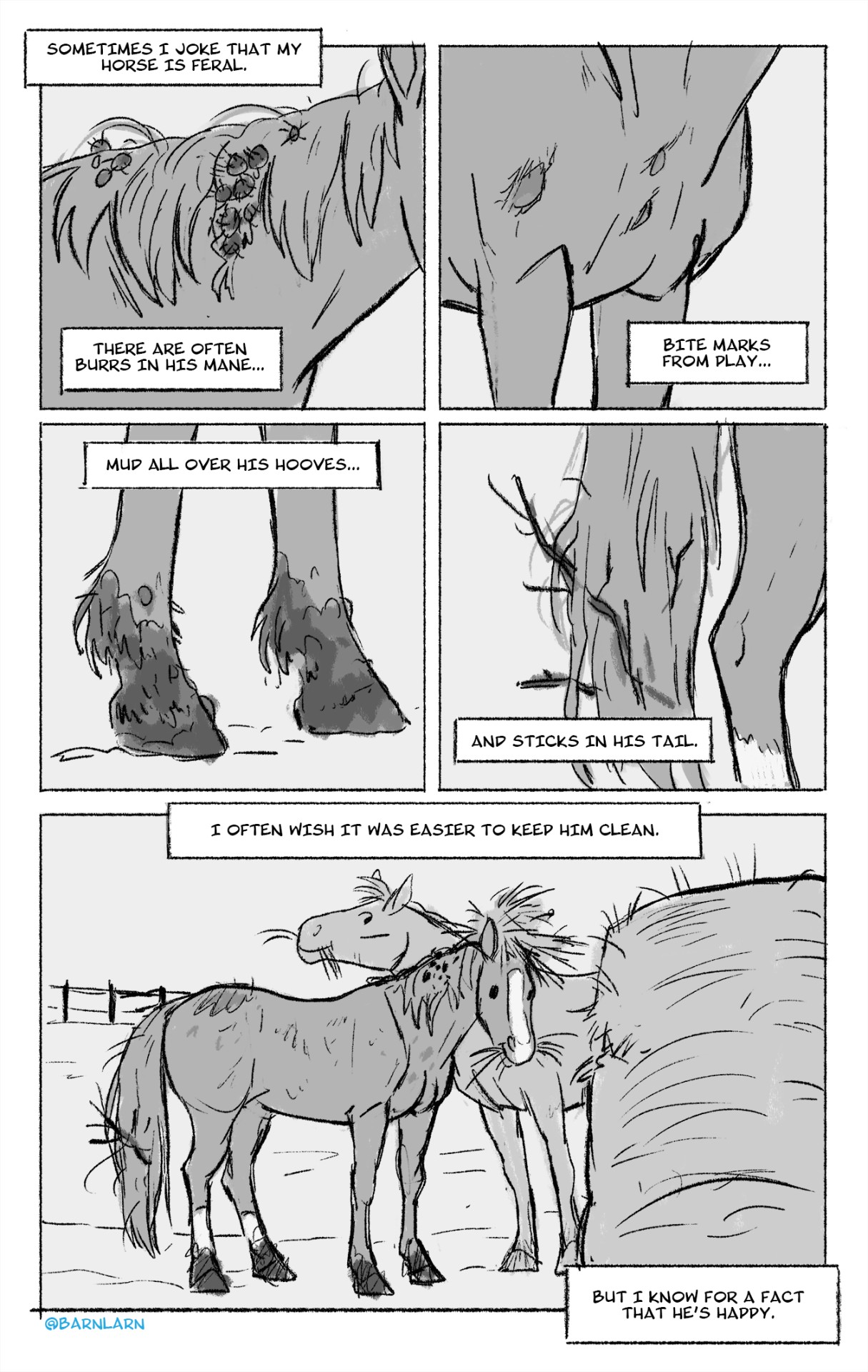
Any stories or insights that might help us understand how you’ve built such a strong reputation?
I’ve found that staying true to my principles has gained me a reputation that I’m proud of. Not moral or political principles per-say, but artistic principles and ideas. I’ve not bent the themes or designs of Sky Cowboys to fit anyone else’s ideas. I consider criticism and feedback, but ultimately choose item by item whether or not they help or hinder the project. Doing this guarantees a high degree of consistency, which in turn allows an audience (market) to become emotionally invested in the project.
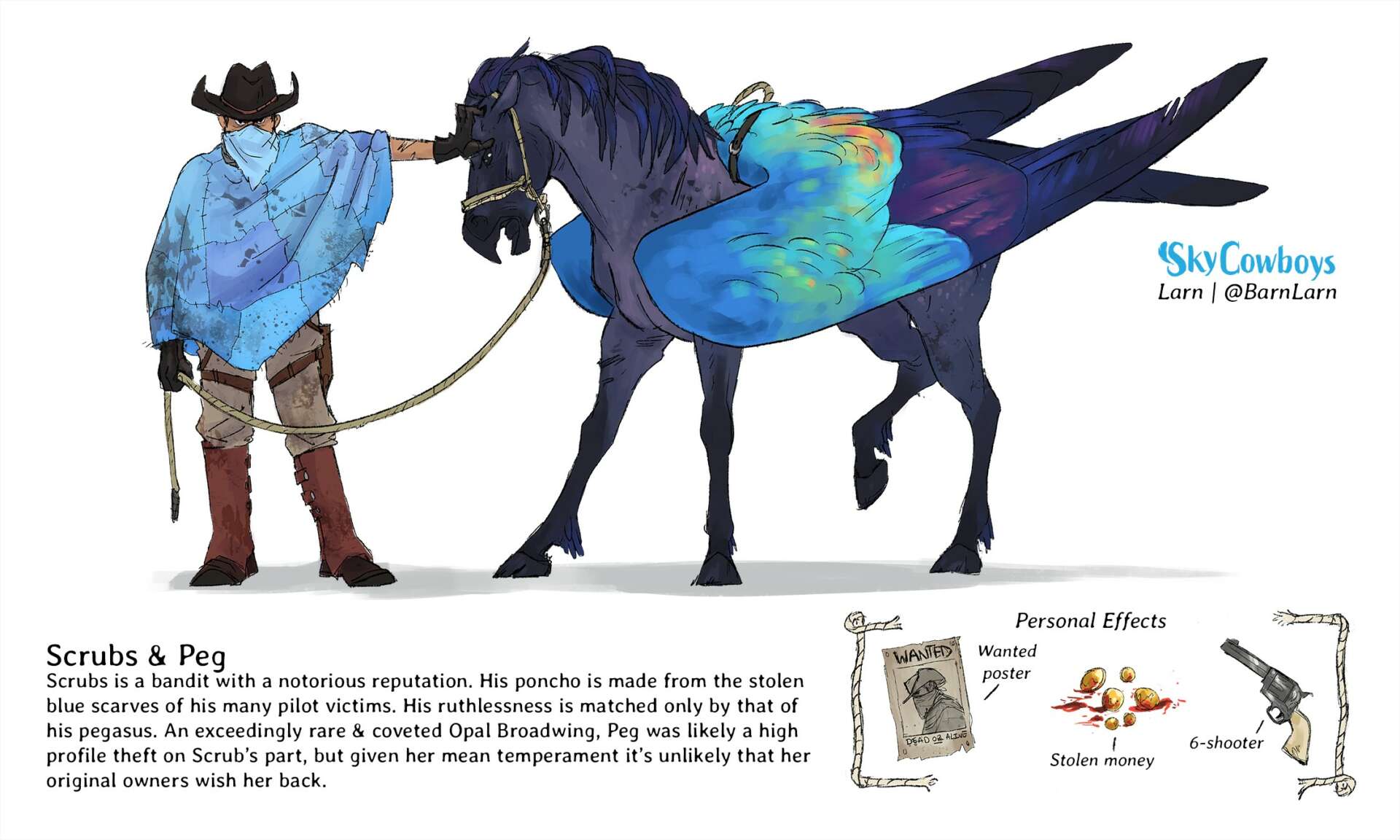
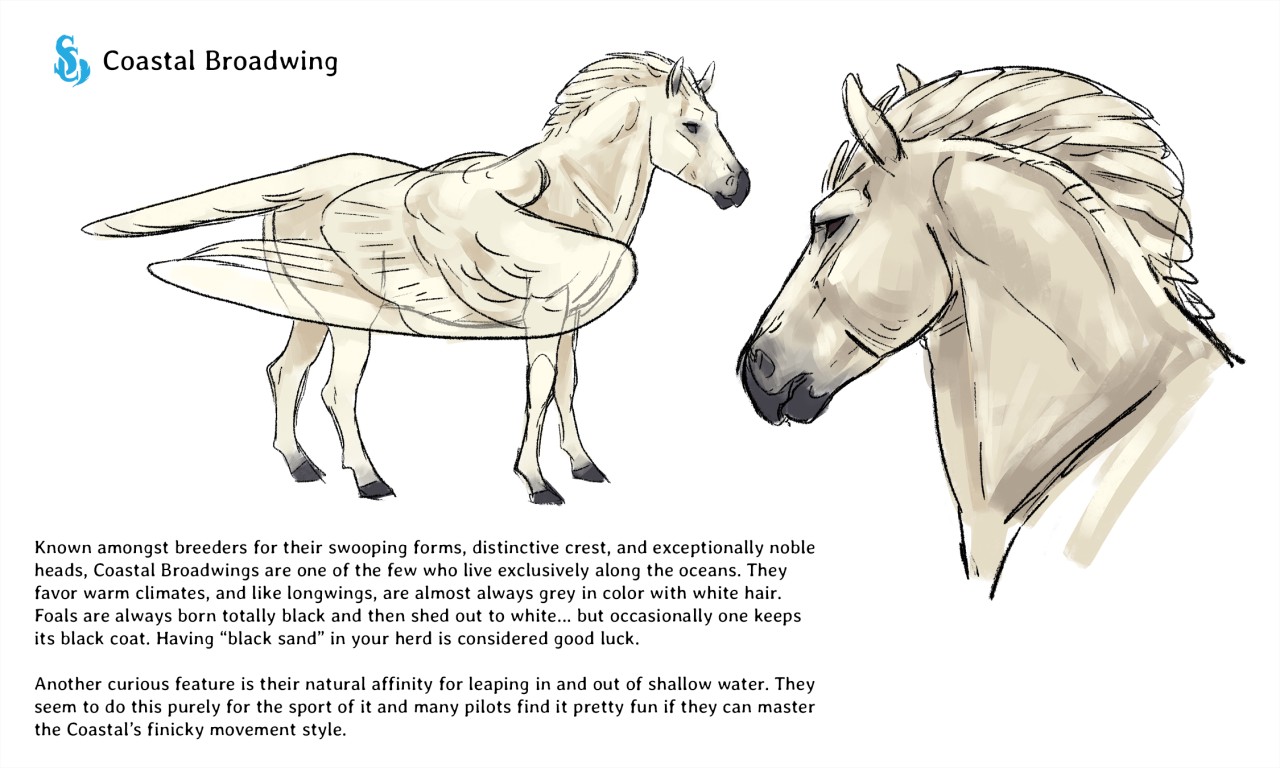
Contact Info:
- Website: https://lmattsonart.com/
- Instagram: https://www.instagram.com/barnlarn/
- Linkedin: https://www.linkedin.com/in/lauren-mattson-aa444485
- Twitter: https://twitter.com/BarnLarn
- Other: https://www.tumblr.com/barnlarn


